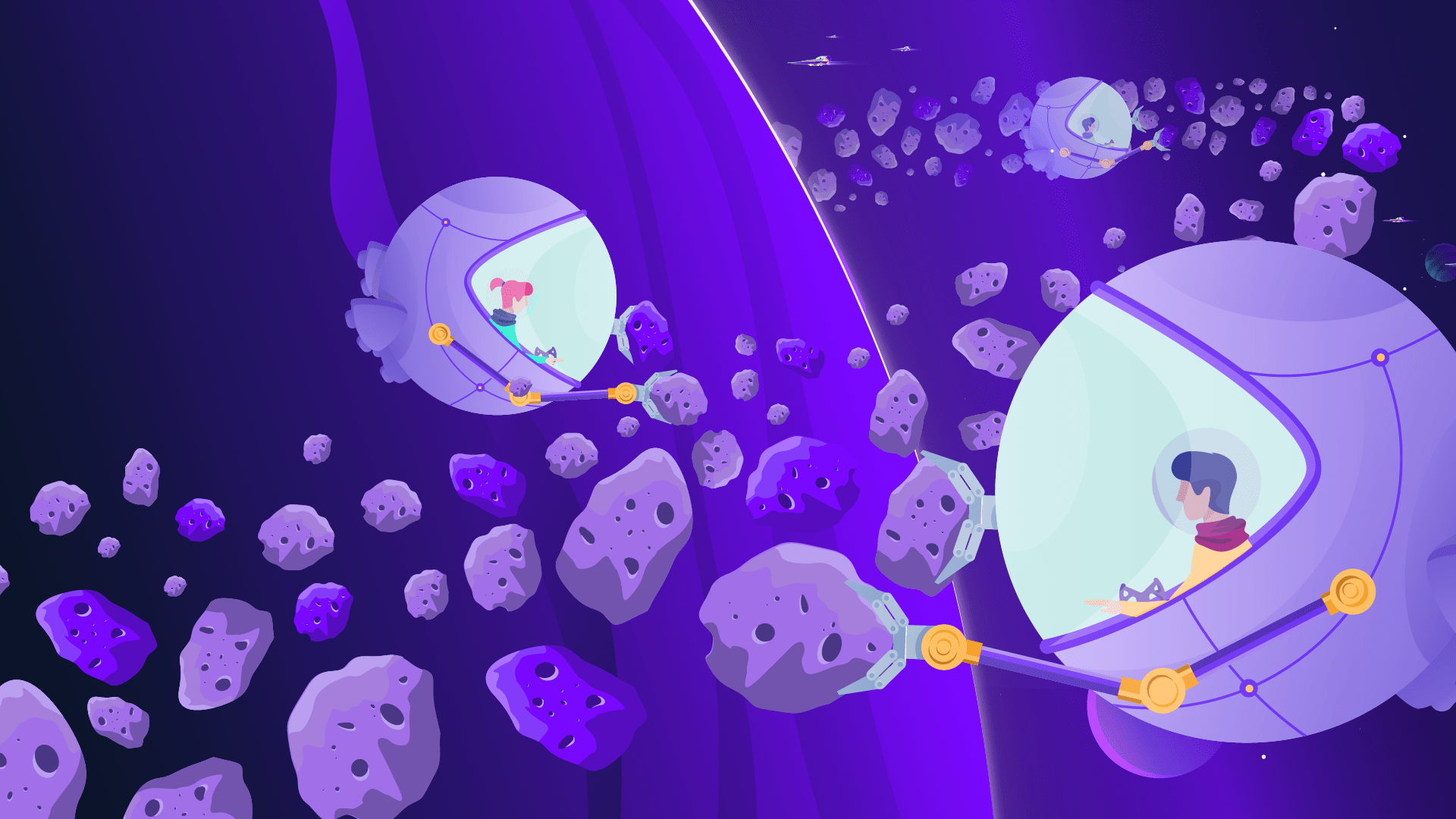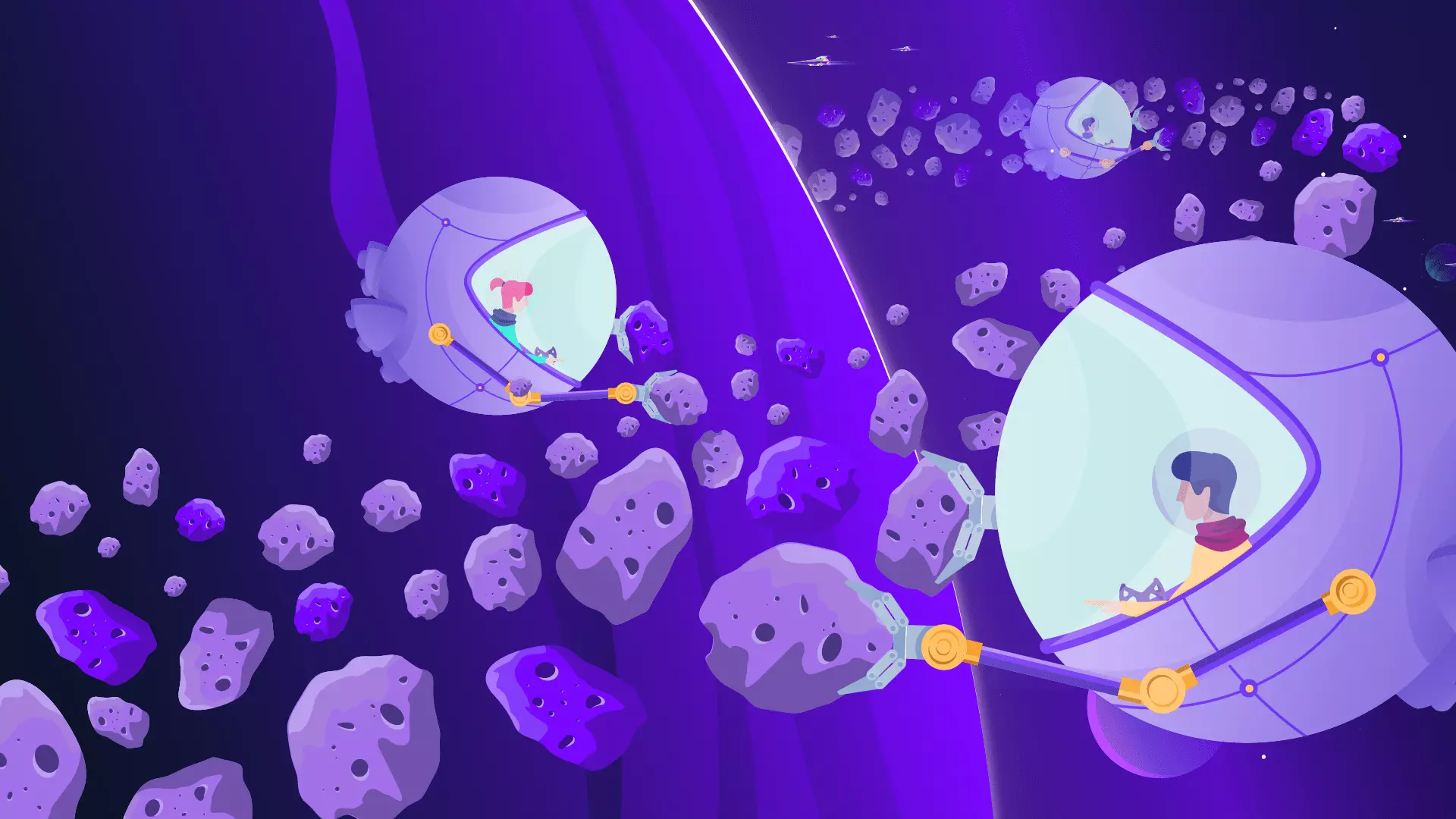Reduction in rewards to miners. The halving of 2020. Dynamic difficulty in relation to the profitability of mining. Mining competitiveness.

The reward for validating new blocks on the Bitcoin network is halved every four years. In 2020 we had the third halving, which left the bitcoin reward at around 6.25 units per mined block.
But while the number of units is reduced, the hash power remains the same or grows. Therefore, the difficulty (which is dynamic) of the network to be mined increases to keep the number of bitcoins in the reward constant.

In Bitcoin halvings, the drops in rewards are cushioned by the rise in price.
Unlike its beginnings, when mining was very simple but the price of bitcoin was very low, as time goes by the number of new bitcoins to be created becomes scarcer, so it is very likely that its price will tend to increase.
In this way, although the number of new units is reduced, the dollar value expressed by those units remains or rises significantly, making Bitcoin mining still profitable if done properly.
Gone are the days of being able to mine bitcoins only with GPU from our room. Today mining is a professionalized and highly competitive activity.
Mining profitability and current costs
February 2, 2021
Incentives for cryptocurrency mining. Operating costs to take into account. Current profitability and how to calculate it. Advantages of mining pools.

As we already saw, the difficulty of mining is variable and depends on the number of computers connected to the network. The more hash rate a network totals, the greater the difficulty. The fewer machines there are, the easier it is, since the goal of any network is to keep the validation time per block stable.
Thus, if activity becomes very intense, old computers with lower hash rates and high consumption are turned off and make way for new versions. While if the price of the mined asset falls, and many choose to stop mining it, the difficulty will decrease and it will be easier to mine with any equipment.
This way, there will always be incentives to mine cryptocurrencies, whether in a bull market or a bear market.
Operating costs
To understand the transformation that the mining industry has experienced since the appearance of Bitcoin until now, the key word is “professionalization.”
In the early days of cryptocurrencies it was possible to mine as an amateur and with equipment that was not exclusively built for it. Today, the situation is different. Whoever wants to mine has to know what the cost of setting up a profitable operation is.
This includes everything from the rental of a space to be able to assemble equipment to the management of the infrastructure: that is, the order of the boards (GPU or ASIC), the management of network connections, the electrical infrastructure with three-phase downlink, the cost of Kw/h of refrigeration, and the time necessary to recover the initial investment.
All of these factors are determining factors when starting a mining project.

If the crypto ecosystem is still standing, it is also because mining is still a profitable activity.
Is mining currently profitable?
If cryptocurrency mining were not profitable, there would be no cryptocurrencies. Remember that every transaction on a network has to be validated by someone. If there are thousands of cryptocurrencies it is because someone is providing computing power and infrastructure.
In this sense, mining is profitable. Maybe not like ten years ago, but a decade ago bitcoin was not worth what it is worth today. The truth is that mining is a professional activity and should be approached as such.
Perhaps it is far from the extraordinary dividends that it gave in its beginnings, or at pivotal moments when the rewards were still high, the difficulty was low and the price was rising. However, with enough research and investment accordingly, cryptocurrency mining is still a profitable activity.
How to calculate profitability
To calculate the profitability of a cryptocurrency, the main thing is to add the initial costs (purchase of equipment and assembly of infrastructure) to the cost of maintaining the operation (price per kilowatt/hour, cooling).
Then we must know how many units we will obtain with the purchased equipment, and finally multiply those units by the current sales price. If after doing all this you make money, then we are in the presence of a business.
The essential thing is to take into account the hash power of each board used, its electrical consumption and the number of cryptocurrency units to be obtained with that hash power.
Mining pools
Mining pools are fundamental tools in today’s mining. What is done through them is to connect all the hash power of the united boards and distribute the rewards among all members of the pool.
In this way, it is possible to have a fixed income instead of having to wait to solve the necessary test alone. And it is the most efficient way to mine cryptocurrencies, since it allows us to calculate the number of units mined per day from the hash power of each token.

